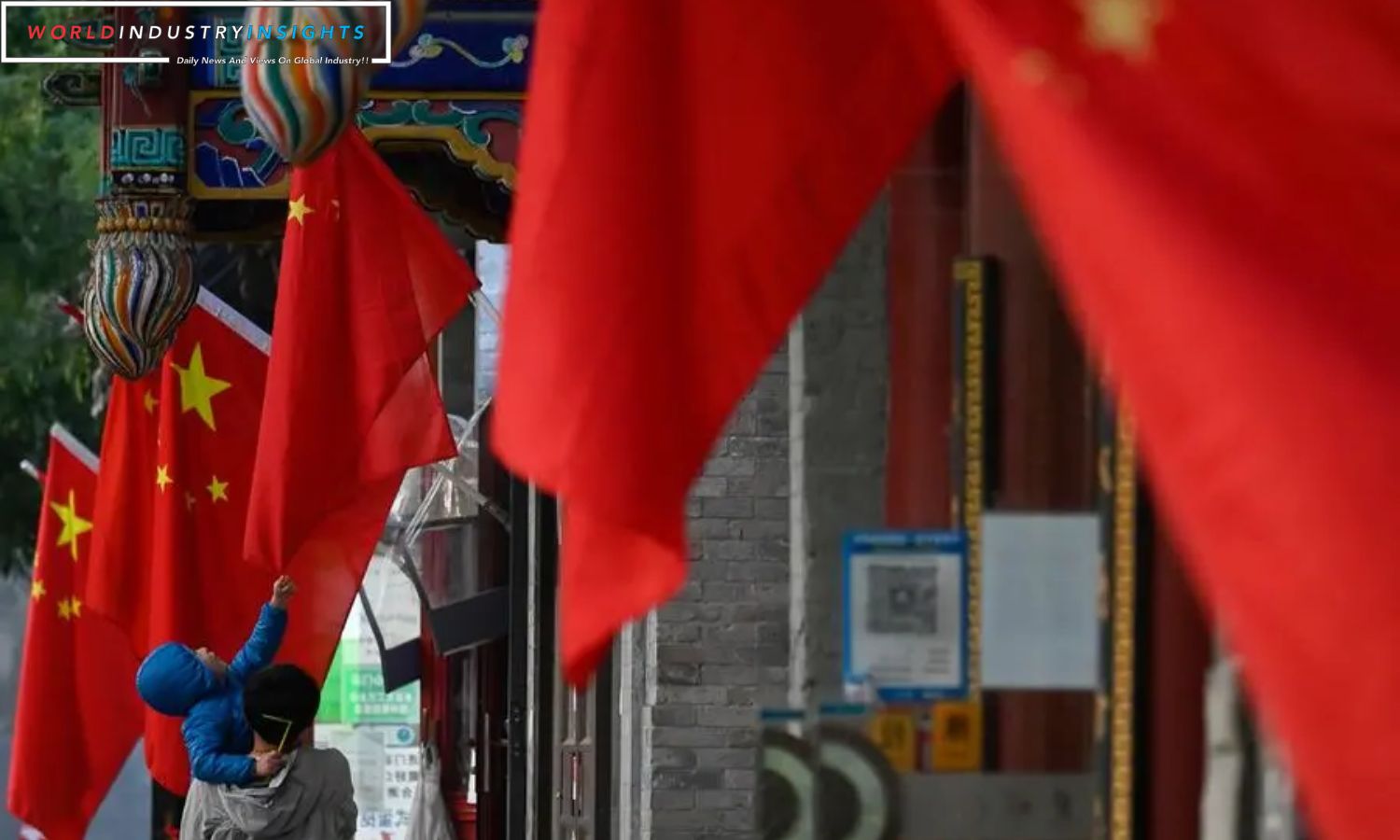Navigating Asian Markets: In the dynamic landscape of the Asian markets, the spotlight is firmly on China’s impending interest rate decision. Investors are also keeping a close watch on third-quarter GDP figures from Thailand and trade statistics from Malaysia and Taiwan. Although trading activity and volumes are anticipated to be lighter due to the upcoming U.S. Thanksgiving holiday, market sentiment appears resilient, benefitting from a broader easing of financial conditions.
A significant global trend contributing to this sentiment is the decline in bond yields worldwide, prominently led by Treasury yields. This downward trajectory is attributed to easing inflation pressures, a cooling in economic activity, and a decline in oil prices. Investors, for the most part, are riding this wave of positive momentum, as evidenced by the rise in world stocks, Wall Street indices, and Japan’s Nikkei, all marking a third consecutive week of gains. However, China’s blue-chip CSI300 index experienced a modest retreat, marking its first fall in four weeks.
The volatility landscape across equity and currency markets remains well anchored, with relatively higher but manageable volatility observed in bond markets. This assessment excludes the volatility spike in the U.S. banking sector witnessed in March. As Monday approaches, the People’s Bank of China is widely expected to maintain the status quo by leaving lending benchmark rates unchanged. All 26 market watchers participating in a poll anticipate the one-year and five-year loan prime rates to be held steady at 3.45% and 4.20%, respectively.
Also Read: Navigating the Economic Labyrinth: Asian Markets Grapple with Mixed Signals
Despite the prevailing positive sentiment, the consensus among most economists is that China’s economy requires additional stimulus. However, this strategy could introduce further downward pressure on the yuan, potentially triggering an increase in capital and portfolio outflows. Notably, Goldman Sachs analysts estimate net FX outflows totaling $41 billion in October, a decline from $75 billion recorded in September. This translates to over $100 billion in outflows in just two months, underscoring the significance of Beijing’s policy decisions in managing these outflows while providing support to the yuan.
Authorities in China appear resolute in their commitment to supporting the yuan and preventing it from breaching the 7.30 per dollar level. Their steadfast efforts have yielded results, as evidenced by the dollar dipping below 7.21 yuan for the first time in three months on Friday. Additionally, economic figures from Bangkok are expected to shed light on Thailand’s economic performance, with projections indicating a growth rate of 2.4% annually in the third quarter, up from 1.8% in the previous quarter. This growth is attributed to the positive contributions of exports and tourism.
Reserve Bank of Australia minutes from November 7 policy meeting are expected, and Bank Indonesia is expected to keep its benchmark interest rate at 6.00%. Later this week, Analyst expects Japanese consumer price inflation to rebound to 3.0% in October from 2.8% in September, a 13-month low. These developments collectively shape the intricate tapestry of the Asian markets in the coming week.
Our Reader’s Queries
Is it cheaper to shop at Asian markets?
At an Asian market, you’ll notice that the cost of vegetables, fruit, fish, and meat is often 10-30% lower than what you’d find at a typical western supermarket. In fact, you can save even more by opting for Asian products over their western counterparts. This is due to various factors that influence pricing in these markets. So, next time you’re looking to save some money on groceries, consider checking out an Asian market near you.
How to shop at Asian supermarkets?
For the best quality produce, it’s worth digging around a bit. The freshest items are often hidden at the back, so don’t be afraid to reach and search. Be cautious of bagged vegetables, or give them a thorough inspection before purchasing. It’s also worth noting that some Asian supermarkets may mix old and fresh produce together, so be sure to keep an eye out.


